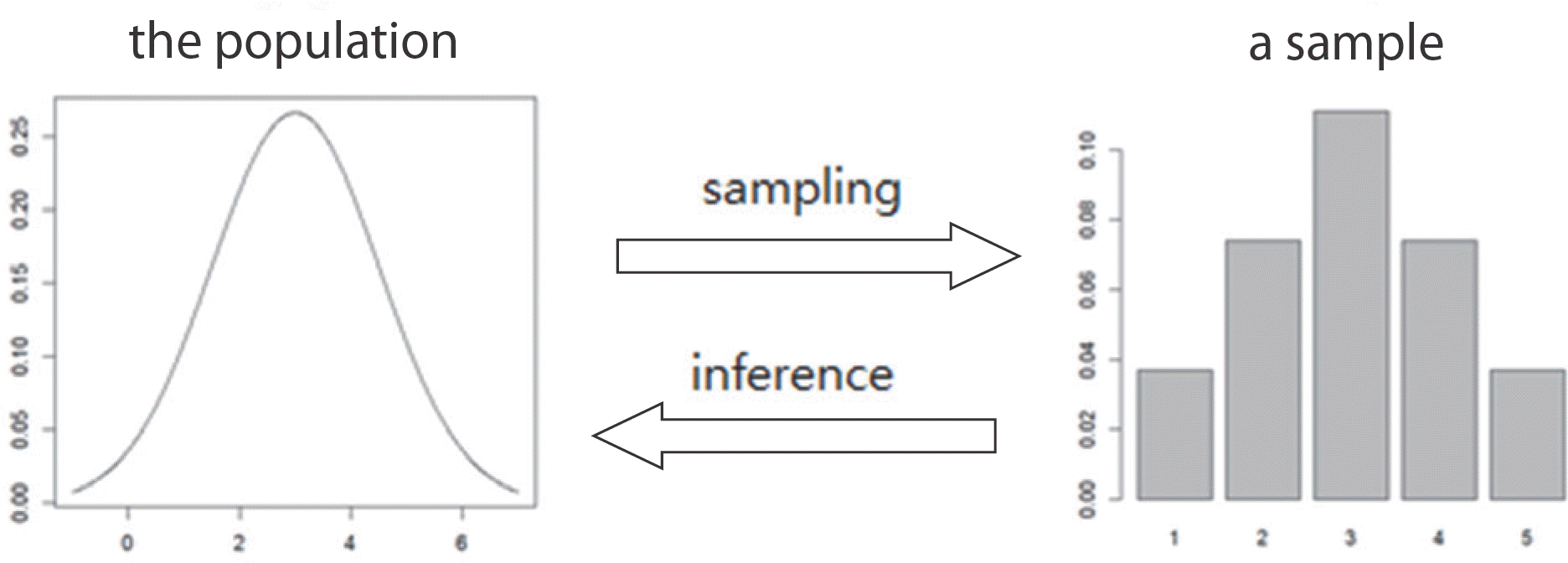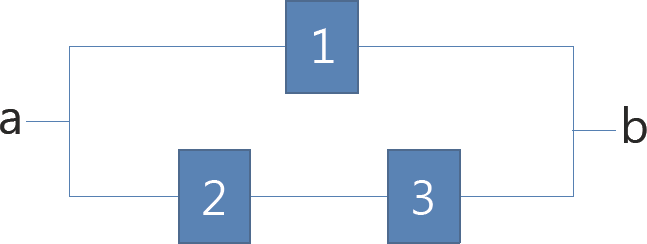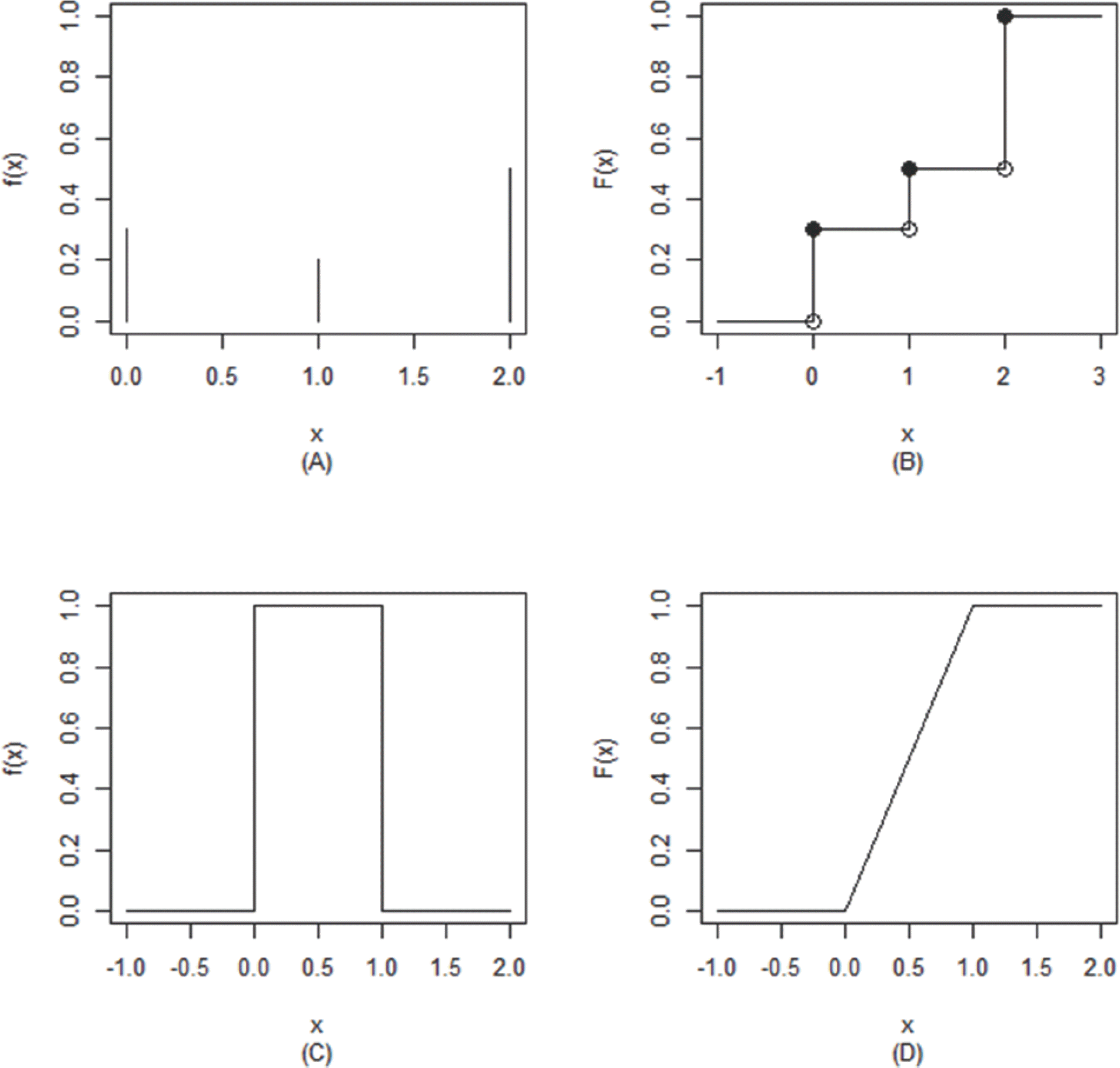Abstract
For pharmacometricians, probability theory is the very first obstacle towards the statistics since it is solely founded on mathematics. The purpose of this tutorial is to provide a simple version of introduction to a univariate random variable, its mean, variance, and the correlation coefficient of two random variables using as simple mathematics as possible. The definitions and theorems in this tutorial appear in most of the statistics books in common. Most examples are small and free of subjects like coins, dice, and binary signals so that the readers can intuitively understand them.
References
1. Hogg RV, Craig AT. Introductin to Mathematical Statistics. 4th ed.Macmillan, Publishing Company;1978.
2. Hogg RV, Tanis EA. Probability and Statistical Inference. 3rd ed.Macmillan, Publishing Company;1983.
3. Kim WC, et al. Introduction to Statistics. 4th ed.Youngchi, Seoul;2005.
4. Mood AM, Graybill FA, Boes DC. Introduction to the Theory of Statistics, McGraw-Hill, New York. 1974.
5. Peebles PZ JR. Probability, Random Variables, and Random Signal Principles. 4th ed.McGraw-Hill Korea;2001.
6. Rice JA. Mathematical Statistics and Data Analysis. 3rd ed.Brooks/Cole Cengage Learning;2007.
7. Rosner B. Fundamentals of Biostatistics, 6th ed. 2006.
8. Ross S. A First Course in Probability and Statistical Inference. 8th ed.Pearson Education, New Jersey;2010.




 PDF
PDF ePub
ePub Citation
Citation Print
Print





 XML Download
XML Download